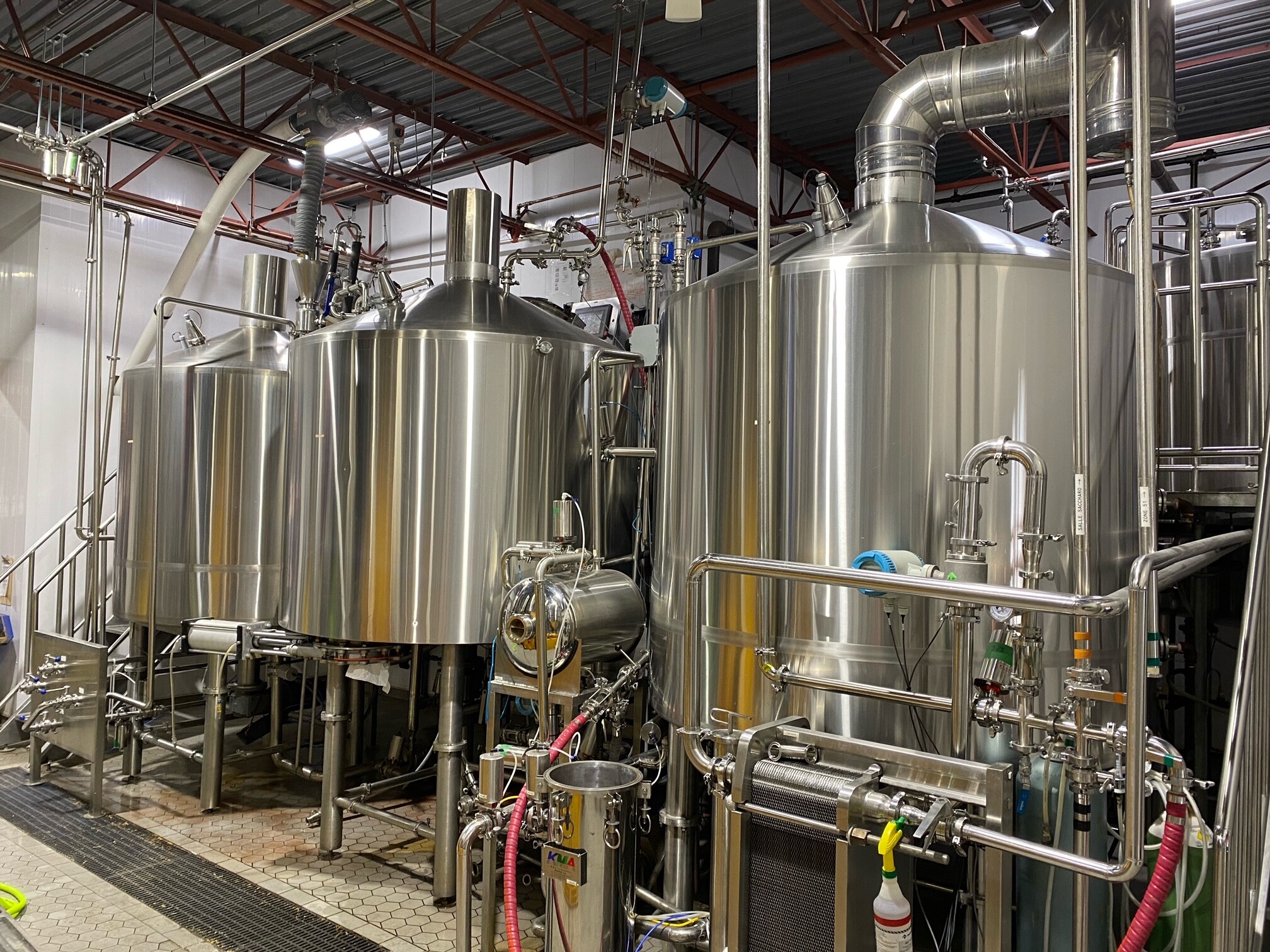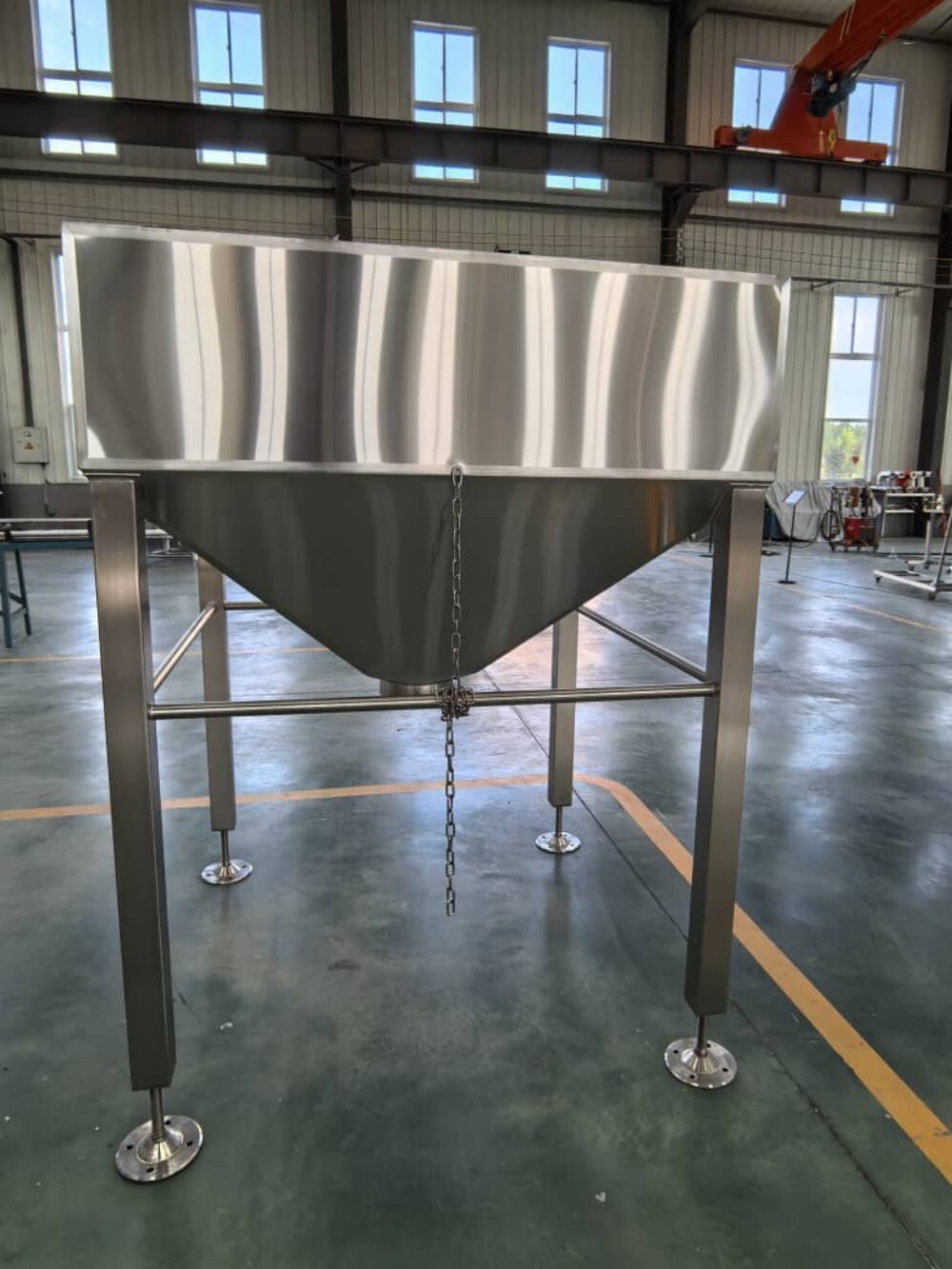
10BBL Brewhouse Showdown: 3 Vessel vs 4 Vessel Designs
Choosing between 3 vessel and 4 vessel designs for your 10BBL brewhouse is a critical decision that impacts efficiency, quality, and ROI. As craft brewery professionals evaluating equipment upgrades, you need clear comparisons of these systems' brewing capacity, space requirements, and operational workflows. This 10BBL 3 Vessel Brewhouse analysis provides data-driven insights to help operations managers and procurement specialists make informed investments in brewery infrastructure.
Understanding Brewhouse Vessel Configurations
Brewhouse vessel configurations fundamentally determine your brewery's production capabilities and workflow efficiency. A 3-vessel system typically combines the mash tun and lauter tun functions into a single vessel, alongside a dedicated boil kettle and whirlpool. In contrast, 4-vessel systems separate these functions into individual vessels: mash tun, lauter tun, boil kettle, and whirlpool. The choice between these configurations impacts everything from floor space requirements to batch turnaround times. For commercial breweries operating at the 10BBL scale, this decision carries significant financial implications, as equipment costs can vary by 15-25% between these configurations while affecting long-term operational expenses.
Production Capacity and Workflow Comparison
Quality Considerations in Brewhouse Design
When evaluating 10BBL 3 Vessel Brewhouse systems versus 4-vessel configurations, product quality should be a primary concern. The separation of mash and lauter functions in 4-vessel systems allows for more precise temperature control during saccharification and clearer wort separation. However, modern 3-vessel designs with advanced false bottoms and raking systems can achieve comparable efficiency (typically 85-90% vs 88-92% for 4-vessel). The whirlpool function proves particularly crucial for hop-forward beer styles, where proper trub separation directly impacts clarity and shelf stability. Many craft breweries find that the quality advantages of 4-vessel systems become most apparent when producing delicate lagers or high-adjunct beers requiring extended mash schedules.
Operational Flexibility and Staffing Requirements
The operational implications of your 10BBL brewhouse choice extend far beyond the initial equipment purchase. Three-vessel systems typically require less manual intervention during the brewing process, as the combined mash/lauter vessel reduces transfer steps. This can be particularly advantageous for breweries with limited staff or those utilizing a 7BBL 2 Vessel Brewhouse system for pilot batches. Conversely, 4-vessel configurations offer greater flexibility in scheduling, as separate vessels allow overlapping processes—you can begin mashing a new batch while lautering the previous one. This parallel processing capability becomes increasingly valuable as production scales approach 15-20BBL batches.
Energy Efficiency and Utility Considerations
Energy consumption represents a significant ongoing cost in brewery operations, making efficiency analysis crucial when comparing 10BBL brewhouse configurations. Three-vessel systems generally demonstrate 10-15% better thermal efficiency due to fewer vessel heat losses and reduced heat exchanger loads. However, 4-vessel designs can recover more energy through advanced heat recovery systems that capture and repurpose steam and hot water. Breweries in regions with high energy costs or sustainability initiatives should carefully model these factors. Our ZYB systems incorporate German-engineered insulation standards that reduce energy losses by up to 20% compared to conventional designs, regardless of vessel configuration.
Future Expansion Planning
Scalability should factor heavily into your 10BBL brewhouse decision. While 3-vessel systems require less initial floor space, their design often makes expansion more challenging—upgrading typically means adding an entirely new brewhouse rather than incremental capacity. Four-vessel systems, while larger initially, frequently allow for easier capacity increases through vessel upsizing or the addition of fermentation space. For breweries anticipating growth beyond 5,000 BBL annual production, the 4-vessel approach provides more straightforward expansion pathways. That said, many successful regional breweries began with 3-vessel systems like our 7BBL 2 Vessel Brewhouse system before scaling up strategically.
Why Choose ZYB Craft Brewery Systems?
With over a decade of experience designing and installing brewhouses for craft breweries worldwide, ZYB brings unmatched expertise to your equipment decisions. Our 10BBL systems incorporate food-grade 304/316L stainless steel construction, ASME-certified pressure vessels, and customizable automation options. Whether you select a 3-vessel or 4-vessel configuration, we provide turnkey solutions including installation, commissioning, and operator training—all backed by industry-leading 5-year warranties on vessels and 2-year coverage on mechanical components. Contact our brewing consultants today to discuss which system best aligns with your production goals and facility constraints.
Frequently Asked Questions
Q: Can a 3-vessel system achieve the same beer quality as a 4-vessel design?
A: Modern 3-vessel systems can produce beer of comparable quality for most styles, though 4-vessel configurations may offer slight advantages for delicate or high-adjunct beers through better process control.
Q: How much more does a 4-vessel system cost compared to 3-vessel?
A: Typically 15-25% more in initial equipment costs, plus additional expenses for larger floor space requirements and potentially increased utility connections.
Q: What maintenance differences exist between the configurations?
A: Four-vessel systems generally require more maintenance hours due to additional vessels, valves, and transfer lines, though proper design can minimize these differences.
Tell us about your brewery equipment requirements!
At ZYB Craft, we’re dedicated to bringing your brewery vision to life. Our expert team of brewers, engineers, and craftspeople is ready to design and manufacture the perfect equipment for your brewing operation. Whether you’re just starting or expanding, we’re here to help. Please leave your specifications, and our team will get in touch to discuss your project in detail. We’ll work closely with you to create equipment that meets your unique needs and budget.
*Rest assured, your information will be kept confidential and used solely for the purpose of assisting you with your brewery equipment needs. We look forward to brewing success together!


